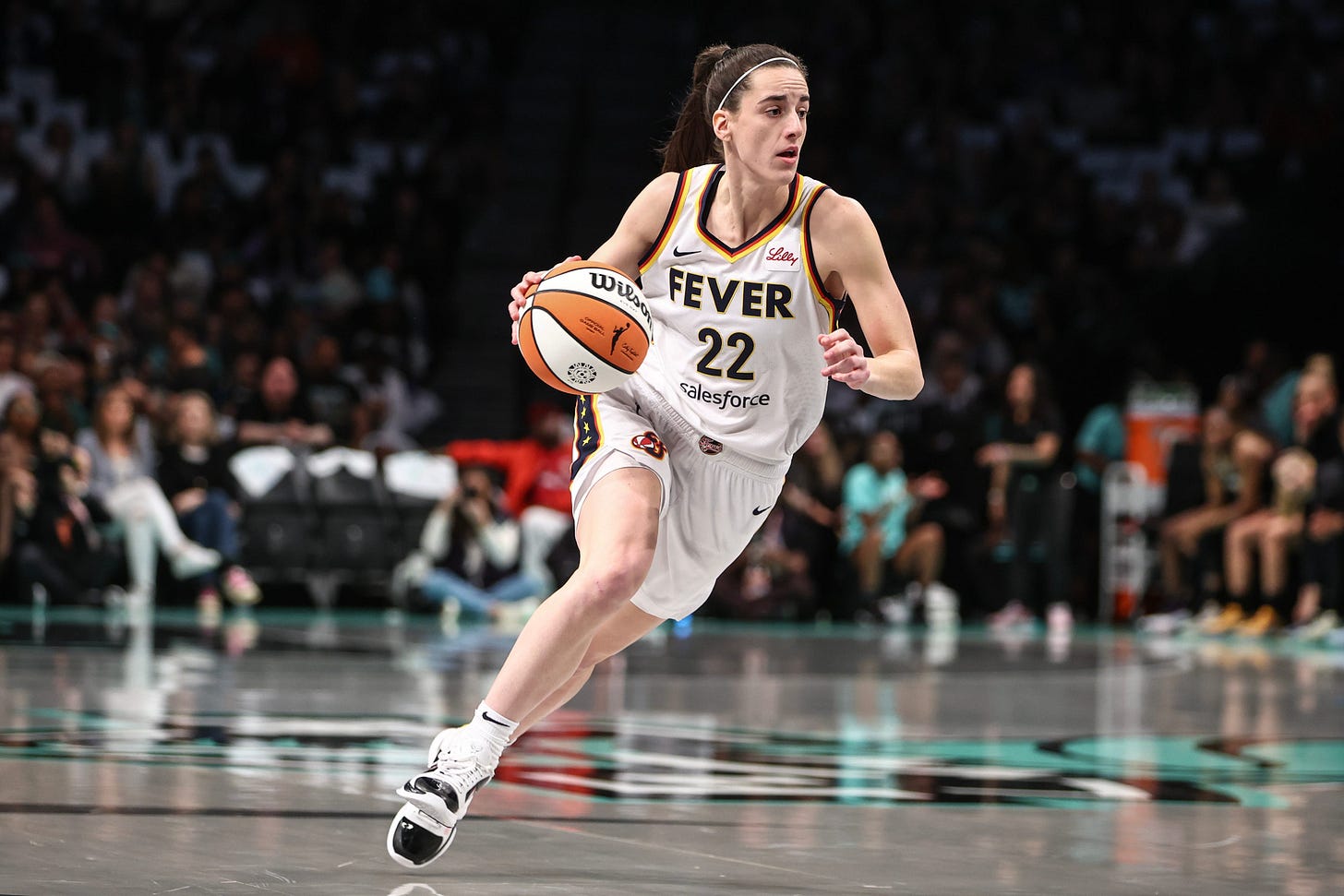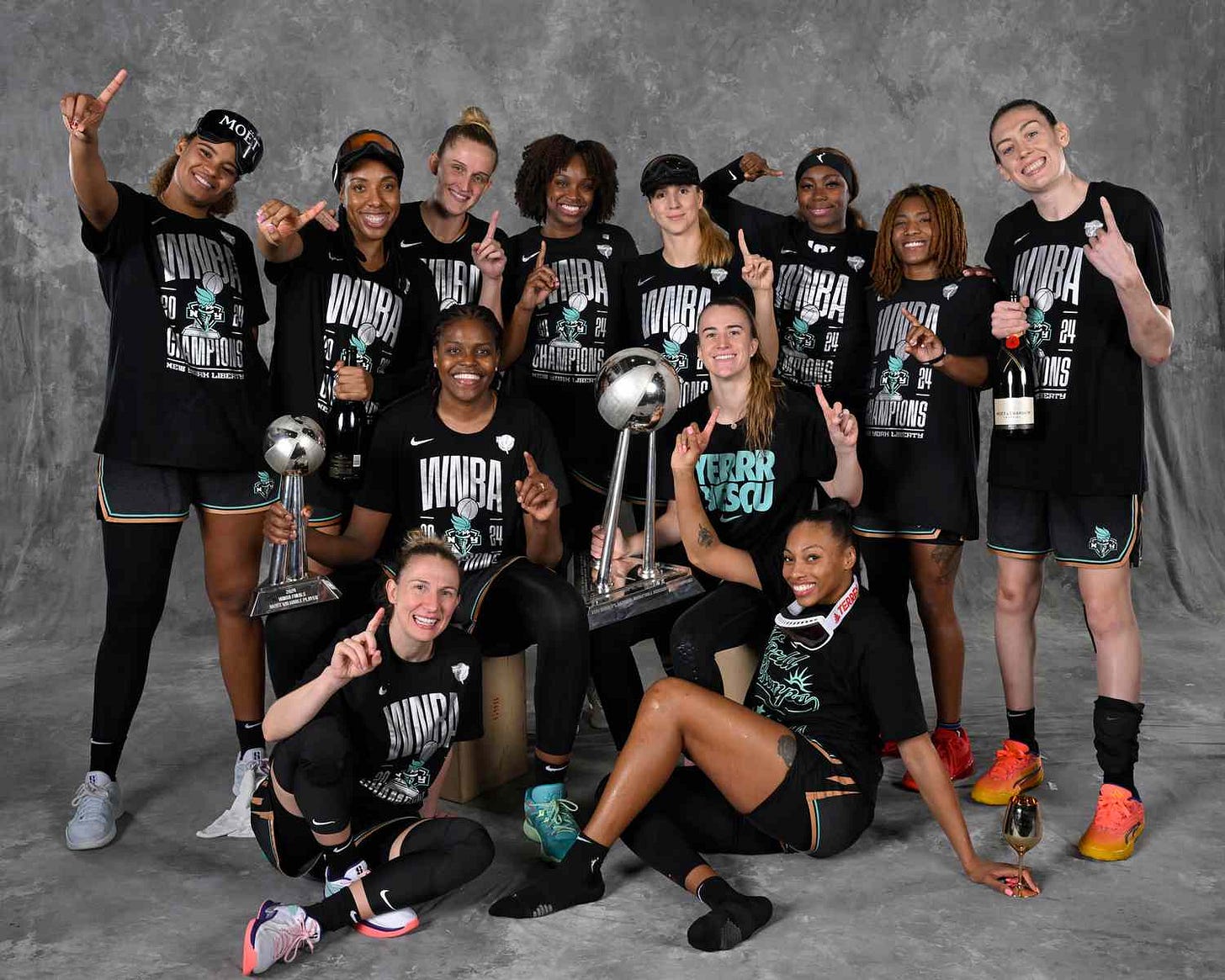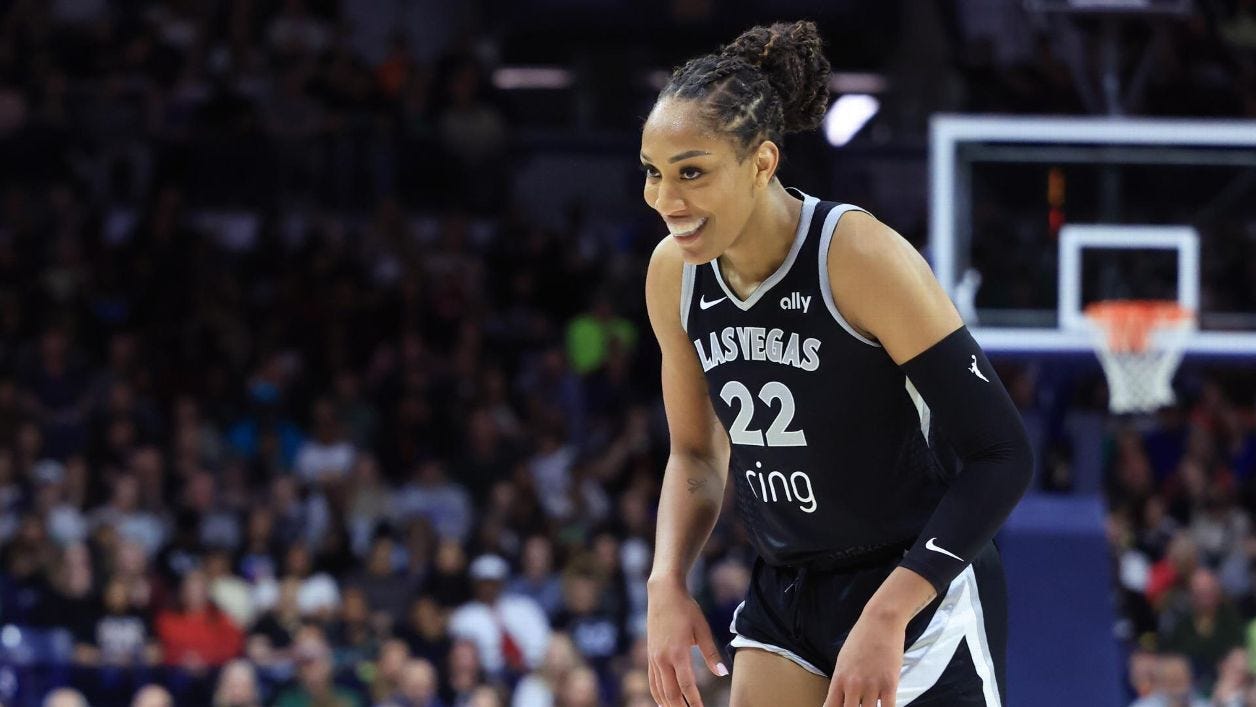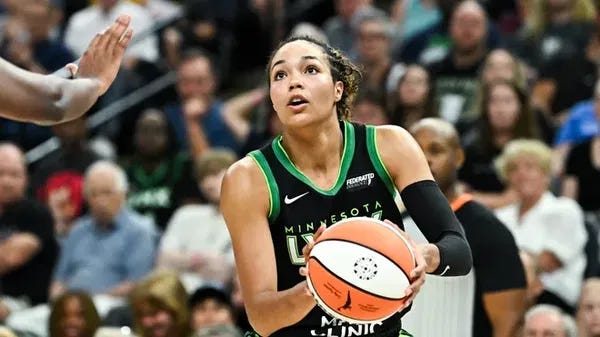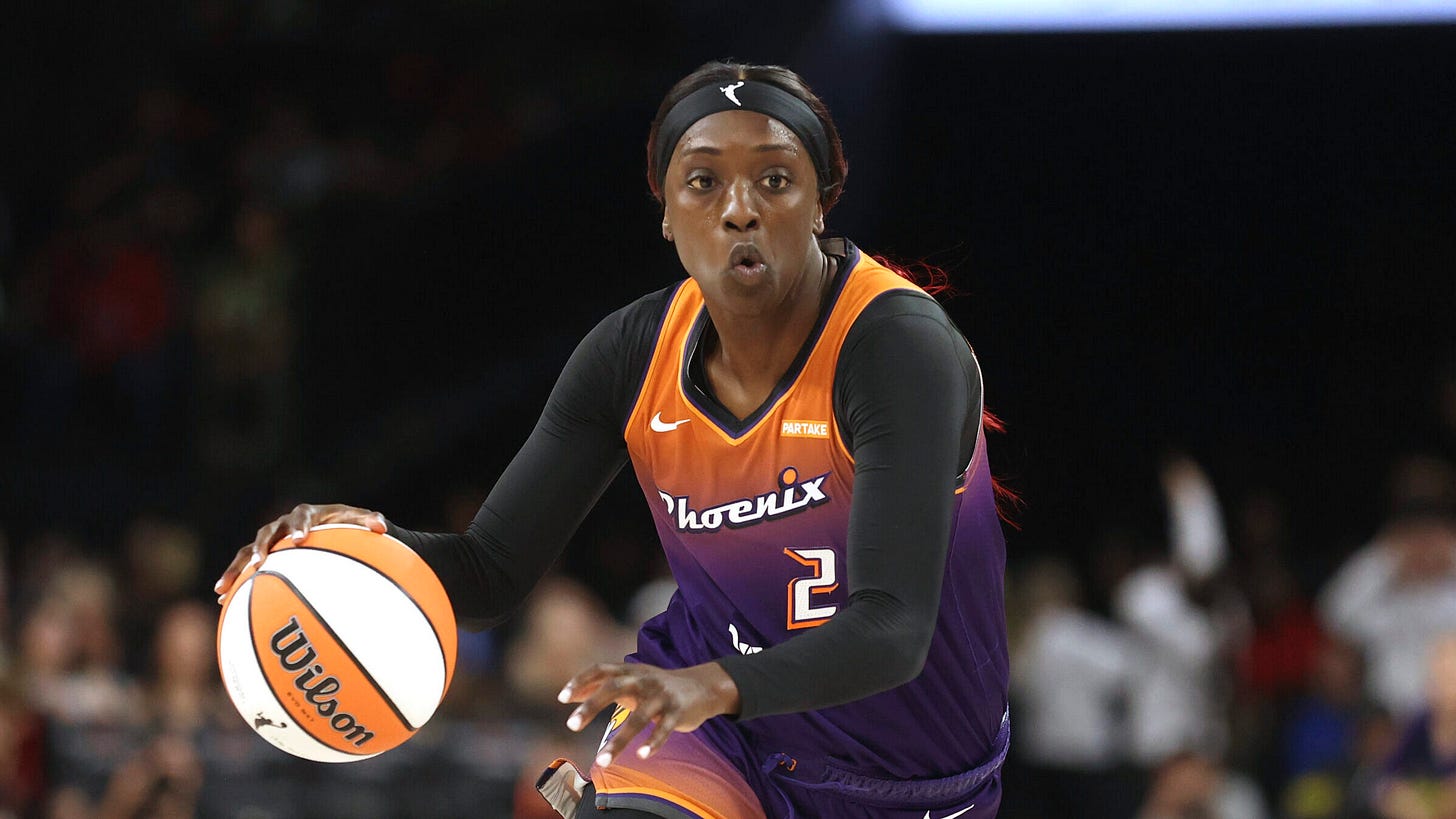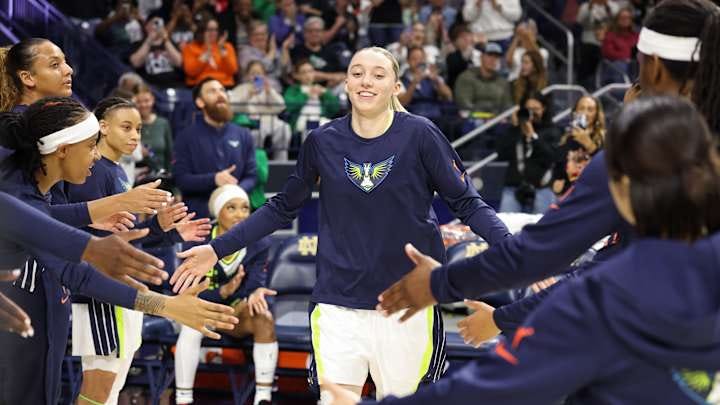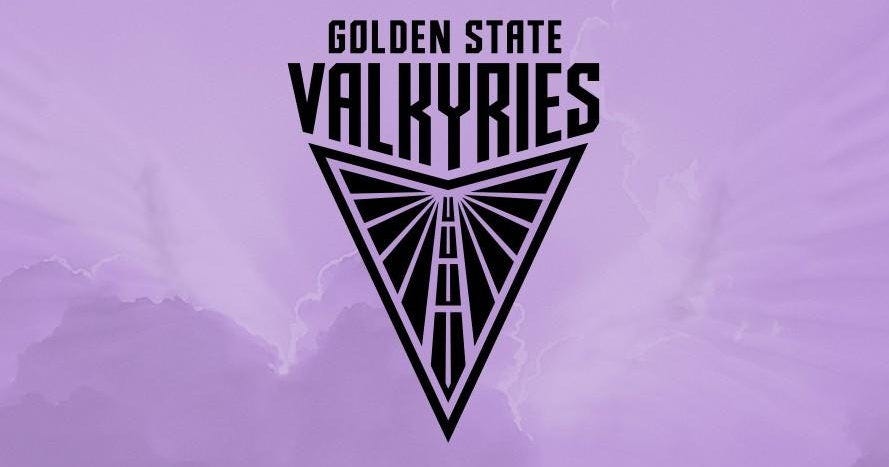As the Pendulum Swings: What Qualities Will Americans Want in Their Next President?
PLUS: A 2025 WNBA preview
In January 2016, just as a brash nepo-billionaire/reality TV show host was about to lay waste to a field of Republican White House aspirants, David Axelrod, the architect of Barack Obama’s successful presidential campaigns, shared his “Obama Theory of Trump” in the pages of the New York Times. It’s basically Newton’s Third Law of Motion applied to presidential politics:
Open-seat presidential elections are shaped by perceptions of the style and personality of the outgoing incumbent. Voters rarely seek the replica of what they have. They almost always seek the remedy, the candidate who has the personal qualities the public finds lacking in the departing executive.
Axelrod’s theory helps explain why the country turned to the youthful and energetic John Kennedy following the presidency of the staid, grandfatherly Dwight Eisenhower; why voters latched on to Jimmy Carter—a candidate known for his honesty, decency, and humility—in the wake of Watergate; why George W. Bush emphasized the strength of his character as he sought to succeed the scandal-plagued Bill Clinton; and why the thoughtful, unifying Barack Obama emerged as the antidote to the bumbling, divisive Bush.
Axelrod also argued his theory explained why Republican voters were glomming onto Trump:
Beyond specific issues, however, many Republicans view dimly the very qualities that played so well for Mr. Obama in 2008. Deliberation is seen as hesitancy; patience as weakness. His call for tolerance and passionate embrace of America’s growing diversity inflame many in the Republican base, who view with suspicion and anger the rapidly changing demographics of America. The president’s emphasis on diplomacy is viewed as appeasement. …
Relentlessly edgy, confrontational and contemptuous of the niceties of governance and policy making, Mr. Trump is the perfect counterpoint to a president whose preternatural cool and deliberate nature drive his critics mad.
As it turned out, Axelrod’s theory didn’t hold true in 2016, as most Americans did not want the opposite of Obama that year. However, due to the quirks of our Constitution, the right combination of voters in the right places did, so we ended up with Trump.
There are all kinds of ways to tally how catastrophic that’s been for the United States, but just consider how horrible that pendular reaction to eight years of Obama has been for the presidency. No man is perfect. As president, Obama certainly had his flaws: He could be too cerebral, too trusting that others would see the light of day and act logically, too methodical and measured in his expenditure of political capital. Yet because Obama had spent time reflecting on his own character and honing his personal virtues, he learned how to master himself and keep his shortcomings from overwhelming him. He approached the responsibilities of the office with civility, conscientiousness, and basic decency. His foreign policy mantra—“Don’t do stupid shit”—encapsulated a governing philosophy that served the country quite well. In other words, policy differences aside, Americans could have regarded Obama as a modern-day George Washington, a model for the type of person we ought to put in the White House. Instead, the country swung in the opposite direction and chose to counter excellence with ugliness.
There are still about 1,350 days left in the Trump presidency, so it may seem a few years too early to be thinking about the qualities we hope our next president will possess. Yet doing so in light of the qualities the term-limited incumbent lacks may be a useful exercise for a couple reasons. First of all, it prompts Democrats to think about the kind of message that might resonate not only with their base but a majority of voters in 2028. Secondly, rather than reacting to every one of Trump’s provocations, it can help Democrats begin to develop an overarching thematic frame that can drive a consistent, repeatable critique of Trump.
A Democratic candidate could build a campaign around the tried and true: That the nation needs a president who is not an autocrat, a liar, a buffoon, a scofflaw; who is immoral/amoral, racist, sexist, xenophobic, incompetent, narcissistic, impulsive, reckless, etc. This is the obvious way to go, and while these issues have been there all along, they may gain greater purchase without Trump on the ballot, as voters who were willing to put up with Trump’s flaws in exchange for whatever else Trump could deliver as president may now want a president who can correct the damage Trump has done on those fronts. Furthermore, it is not as though a candidate has to offer a novel contrast with Trump to gain traction with voters in 2028; after all, George W. Bush’s emphasis on character highlighted a flaw with Bill Clinton that voters were well aware of when Clinton began running for president in 1992, just as Barack Obama’s intelligence highlighted a flaw that had dogged Bush for the entire time he had been in the national spotlight.
But while running a candidate who contrasts with Trump in these ways may seem like a slam dunk (especially if he or she is contrasted with a Republican candidate who feels compelled to steal a page from Trump’s playbook to retain the support of the MAGAverse) it also feels like low-hanging fruit. Every Democratic candidate is going to pitch themselves as the anti-Trump: Honest, intelligent, law-abiding, moral, tolerant, competent. I suspect Democratic primary voters won’t be interested in candidates who don’t possess these qualities. For that reason, I don’t think California governor Gavin Newsom’s slippery political nature will win over voters seeking candor and honesty. I’m also not sure Minnesota governor Tim Walz helps himself when he downplays his intelligence (“I will own up to being a knucklehead at times”) and admits he’s gaffe-prone.
So while it’s obvious Democrats will run as anti-Trump, my guess is the candidates who distinguish themselves from the field will be those who bring a deeper feeling to that critique. They’ll connect with people on an emotional level. Anger will be a part of that, but they’ll also admit they’re angry about being angry all the time and tired of feeling that way. They’ll tap into a desire to change the emotional wavelength of politics.
We got a glimpse of this last year when Walz, newly selected as Kamala Harris’s running mate, thanked the vice president for “bringing back the joy.” I’m not sure why that vibe faded from the campaign trail. Maybe it was too heavy a lift for an incumbent party saddled with inflation, or perhaps the message just couldn’t escape the Trumpian black hole at the center of the campaign. But with Trump (hopefully) sidelined in 2028 and a Republican nominee who will struggle to match his dark charisma, my hunch is that the public will be more receptive to a positive, uplifting message.
What will that message sound like three years from now? I think it will acknowledge how tired we are of doomscrolling, or, alternately, of not paying attention to the news altogether so that we don’t find ourselves enraged by a man who delights in stoking rage in others. It will acknowledge the chilling, depressing effect Trump has had on American life and how he has sapped the good will of the nation. It will remind Americans that we are an optimistic people who possess a can-do spirit, and that we are always at our best when we celebrate rather than tear down one another. Ultimately, that message will be about more than correcting for a president’s perceived flaws but correcting for the damage that president has done to our souls and psyches.
I suspect that message will be delivered with a surprising tone as well. The nominee will need to be able to hold their own in front of a crowd, but the more important moments may originate in more intimate settings, where the nominee can reveal a warm, more measure, empathetic side of him- or herself. Voters will develop a bond with the candidate not because he or she is a demagogue who connects with the masses but because the candidate is a people person whom voters feel they know personally.
It’s possible, of course, that Trump has fundamentally changed the nature of American politics and that future presidents will need to match his bombast. Yet the American public has a surprising capacity for reinvention. If that’s the case, Democrats in 2028 would be wise not to take the political conditions of the past twelve years for granted but to discern what the current moment longs for as a corrective.
Signals and Noise
From Substack:
From The Atlantic:
“Don’t Look at Stock Markets. Look at the Ports” by Juliette Kayyem
“The Impossible Plight of Pro-Tariff Liberals” by Rogé Karma
“Trump’s Inevitable Betrayal of His Supporters” by Yair Rosenberg
“Tyre Nichols and the End of Police Reform” by David A. Graham
“Is This the Worst Ever Era of American Pop Culture?” by Spencer Kornhaber
From the New York Times:
“Trump Sons’ Deals on Three Continents Directly Benefit the President” by Eric Lipton and David Yaffe-Bellany
“How Will We Know When We’ve Lost Our Democracy?” by Steven Levitsky, Lucan Way, and Daniel Ziblatt
“Trump’s Return to Power Elevates Ever Fringier Conspiracy Theories” by Tiffany Hsu
From the Washington Post:
“America’s Least American President” by Philip Bump
From Vox:
“Why are Men So Much More Right-Wing Than Women Right Now?” by Maia Mindel
Garbage Time: A 2025 WNBA Preview
(Garbage Time theme song here)
An average 1.34 million people tuned in to ESPN last weekend to watch the Indiana Fever play an exhibition—repeat, exhibition—game against the Brazilian National Team in the arena Fever superstar Caitlin Clark called home in college. Is that a lot? Is that a little? Let’s put it this way: More eyes were on that game than Game 1 of the 2024 NBA Finals between the Dallas Mavericks and Boston Celtics. Who knows how many will tune in once these games start to count.
And start to count they will next weekend, when the 2025 WNBA season tips off. There’s been a ton of movement in the offseason, with 4 of the 12 players picked for the Olympic roster changing teams. Last year’s best squads return largely intact, but one title contender blew itself up, while the Fever have turned themselves into a top team by fortifying their line-up. Other teams hope the moves they’ve made have pushed them into contention.
Interest in the W is growing, meaning the league is likely to expand in the coming years. (A new team starts play this year in San Francisco, while Toronto gets a franchise in 2026.) The great thing about the WNBA right now, though, is that the relatively small number of teams means nearly every roster is loaded with stars, which in turn means nearly every regular season match-up is a heavyweight bout. You don’t get that with other North American professional leagues. That makes it worth your time learning the ins and outs of every WNBA team.
Contenders
New York Liberty—The Liberty’s core of Breanna Stewart, Sabrina Ionescu, and Jonquel Jones return this year to defend their 2024 championship. They start the season as favorites to repeat, but the way they won that title has left many wondering if they’re long for the throne. In their decisive Game 5 win against Minnesota, Stewart and Ionescu went 5-34 from the field, while the team shot 2-23 from behind the arc. The Liberty stayed in the game by shooting three times as many free throws (21) as the Lynx (7, including none from Napheesa Collier) and benefitted from a controversial call at the end of regulation that saw the refs award Stewart two free throws (which she hit to send the game into overtime) on ticky-tack contact while missing a travelling violation that preceded the whistle. Maybe it was all a fluke, or maybe this juggernaut is more vulnerable than we’ve assumed.
Las Vegas Aces—Something was off in Sin City last season. Despite hopes of three-peating, the Aces got off to a 6-4 start and always seemed to be playing with fire. Both their shooting and their defense regressed. Even though a full third of last year’s USA Women’s Olympic team came from the Las Vegas roster (WNBA MVP A’ja Wilson, Chelsea Gray, Jackie Young, Kelsey Plum) they never seemed to cohere as a playing unit and ended up losing in the Western Conference semifinals. The big change this year is that the Aces have swapped out Plum for another Olympian, Seattle’s Jewell Loyd. That move may be what it takes to refocus Becky Hammon’s squad: Rather than coasting on chemistry, they’ll need to work to rediscover it. Even if that takes a while, this loaded roster can still lean on Wilson’s prodigious talents.
Minnesota Lynx—The Lynx surprised everyone last year by finishing with the second-best record in the league. Minnesota will once again be led by Napheesa Collier, who ranks alongside A’ja Wilson as the best two-way player in the WNBA. Collier is joined by Kayla McBride, who earned her first all-star selection since 2019 last season. The question lingering over Minnesota is whether or not last year was an aberration, especially since the Lynx lack the star power most contenders possess. They’re a cohesive unit, though, and one that feels like they’re owed a ring after what happened to them in last year’s Finals.
Indiana Fever—The Fever are a wildcard. It usually takes time for a generational player like Caitlin Clark to reach a championship level, but Clark is an other-wordly player who shouldn’t be measured on a conventional timeline. She’s starting this season stronger, wiser, and well-rested. Furthermore, no other team did more in the offseason to enhance their roster than Indiana, which has replaced serviceable role players with Natasha Howard, Sophie Cunningham, and veteran DeWanna Bonner. Doubling onto Clark to keep her from scoring now means Clark may start breaking assist records. (Indiana has also upgraded at coach by swapping out Christie Sides for Stephanie White.) The scrappy Kelsey Mitchell returns to play the role of Scottie Pippen. The difference maker will be Aliyah Boston, the #1 pick the year before Clark entered the league. If Boston can rim run, clean up the glass, and hit her point-blank chip shots, the Fever may be unstoppable. It’s hard to know how Indiana will stack up against teams packed with Olympians, but we can expect millions of people will be watching to find out.
Pretenders
Seattle Storm—It will be hard for the Storm to replace Jewell Loyd, who asked the team for a trade at the end of last season, but they’re hoping a full season from Gabby Williams—the French player who sat out the start of the 2024 WNBA season to prep for the Olympics and then hit a buzzer-beater at the end of regulation in the gold medal match against the USA that would have sent the game to overtime had her foot not been on the three-point line—can pick up some of the slack. Seattle still retains the services of the perpetually unsung Nneka Ogwumike and Skylar Diggins, but their postseason hopes will depend on how quickly #2 overall pick Dominique Malonga can adapt to the league.
Phoenix Mercury—With Diana Taurasi retiring and Brittney Griner leaving in free agency, this team now belongs to Kahleah Copper, a former finals MVP who played some big minutes in the USA’s gold medal game last summer in Paris. Copper has always toiled in Taurasi and Griner’s shadows, so this is her time to shine. Phoenix is hoping the additions of Satou Sabally and Alyssa Thomas (a 2024 gold medalist and first-team all-WNBA player for two years running) can reload the roster.
Atlanta Dream—People may be sleeping a bit this year on the Dream, whose 2024 campaign got off to a rough start and then crashed when Rhyne Howard (one of the most underrated players in the WNBA) sustained an ankle injury. The offseason additions of Brittney Griner and Brionna Jones will improve their frontcourt.
Middle of the Packers
Dallas Wings—UCONN star Paige Bueckers is destined to win rookie of the year in Dallas, where she should form a formidable backcourt with pure scorer Arike Ogunbowale. Defensive expert DiJonai Carrington is a nice pick-up.
Los Angeles Sparks—Something was off with Kelsey Plum’s play in Las Vegas last season, so maybe a change of scenery can help now that she’s been traded to L.A. Still, the Sparks’ season will depend on whether Rickea Jackson (the most surprising rookie to emerge from last year’s draft class) and Cameron Brink (who returns in June from an early-season injury that derailed her rookie campaign last year) can emerge as stars.
Chicago Sky—Kamila Cardoso and rebounding machine Angel Reese will provide Chicago with two towering skyscrapers underneath the basket, but the return of Courtney Vandersloot and the addition of Reese’s former LSU teammate Hailey Van Lith won’t be enough to lift the Sky to the top of the league standings.
Sights Set on Drafting Lauren Betts with the #1 Pick in 2026ers
Washington Mystics—Elena Delle Donne has officially retired. That’s about all I got for you.
Connecticut Sun—After finishing the season at 28-12 (good for the league’s third best record) and pushing the Lynx to a decisive Game 5 in the semifinals, the Sun went supernova in the offseason and either traded or didn’t re-sign their entire starting five (All-WNBA first-teamer Alyssa Thomas, all-stars DeWanna Bonner and Brionna Jones, all-defensive first-teamer DiJonai Carrington, and Tyasha Harris). With the chance to coach Caitlin Clark, head coach Stephanie White also hightailed it for Indiana. Midseason acquisition Marina Mabrey asked for a trade out, but the Sun have decided to hang on to her for the time being. The Sun have been title contenders for much of the past decade, but that run is definitely over now.
Golden State Valkyries—Can’t tell you much about this team. They’re starting 2024 Sixth Woman of the Year Tiffany Hayes (formerly of Las Vegas) and Kayla Thornton (the top reserve from last year’s championship New York team). Honestly, the main reason people people will want to watch Golden State this year is because Kate Martin—Caitlin Clark’s running mate at Iowa—is on the roster.
Predictions
MVP: Caitlin Clark
Champion: Las Vegas Aces over Indiana Fever






